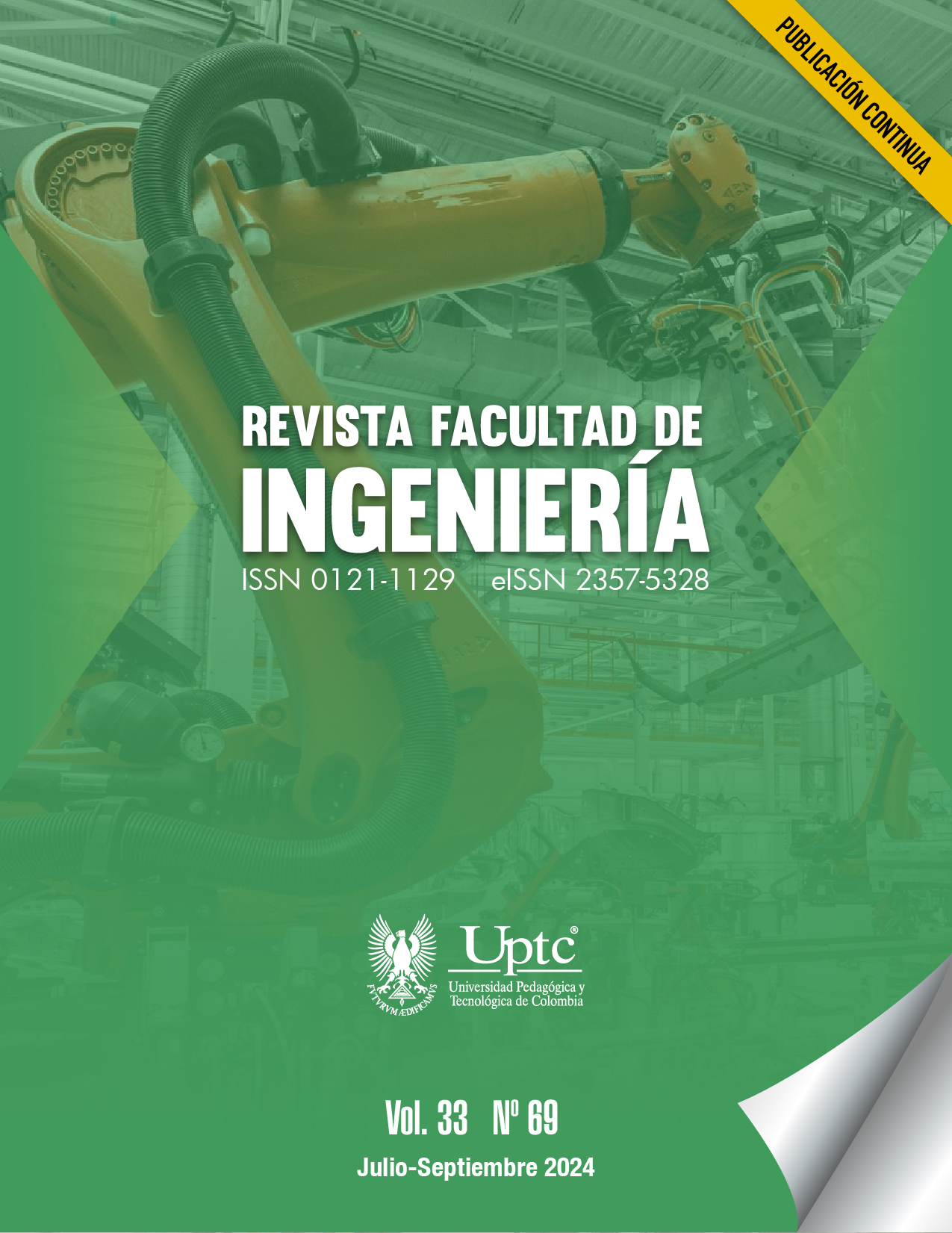Inverse Kinematics for Synchronization of Three Degrees of Freedom Robots: Techniques and Applications

Abstract
The coordination and synchronization of two physical robots with two degrees of freedom (3-DOF) is a critical challenge in collaborative robotics, particularly in applications where precise, simultaneous movement is required. This paper addresses the limitations of traditional inverse kinematics (IK) methods, which, while effective in controlled environments, lack flexibility and adaptability in dynamic settings. We propose a hybrid approach combining IK with Model Predictive Control (MPC) to improve synchronization and trajectory accuracy in a dynamic environment. Our methodology involves analyzing the performance of both elbow-up and elbow-down configurations in terms of synchronization error, trajectory deviation, and arrival times. The results demonstrate that the elbow-up configuration, particularly when enhanced with MPC, provides superior synchronization and reduced trajectory error, making it a preferable option for complex, coordinated tasks in robotics. This study contributes to the ongoing development of adaptive, robust synchronization techniques for multi-robot systems, with implications for various industrial and research applications.
Keywords
MPC, inverse kinematics, robotic manipulators
References
- C. S. V. Gutiérrez, L. U. S. Juan, I. Z. Ugarte, I. M. Goenaga, L. A. Kirschgens, V. M. Vilches, “Time Synchronization in modular collaborative robots,” Cornell University, 2018. https://doi.org/10.48550/arXiv.1809.07295
- T. Borangiu, F. D. Anton, and S. Anton, “Robot Motion Synchronization in Cooperative Tasks,” Solid State Phenomena, vol. 166-167, pp. 63-68, 2010. https://doi.org/10.4028/www.scientific.net/SSP.166-167.63
- E. Yime, J. Roldán Mckenley, J. L. Villa Ramirez, “Computed torque control of a 2-RR planar parallelrobot // Control por par calculado de un robot paralelo planar 2-RR,” Prospectiva, vol. 15, no. 2, pp. 85-95, 2017. https://doi.org/10.15665/rp.v15i2.1111
- J. Guzmán Giménez, Á. Valera, V. Mata-Amela, M. Á. Díaz Rodríguez, “Obtención del modelo cinemático inverso de sistemas robotizados de cadena cinemática abierta empleando bases de Groebner: aplicación a un robot hexápodo,” in XL Jornadas de Automática, Universidade da Coruña, 2020, pp. 726-734. https://doi.org/10.17979/spudc.9788497497169.726
- T. Ribeiro, A. Paiva, “Expressive Inverse Kinematics Solving in Real-time for Virtual and Robotic Interactive Characters,” Cornell University, 2019. https://doi.org/10.48550/arXiv.1909.13875
- F. Benzi, C. Secchi, “An Optimization Approach for a Robust and Flexible Control in Collaborative Applications,” Cornell University, 2021. https://doi.org/10.48550/arXiv.2103.03082}
- D. Cardona-Ortiz, A. Paz, G. Arechavaleta, “Exploiting sparsity in robot trajectory optimization with direct collocation and geometric algorithms,” in IEEE International Conference on Robotics and Automation (ICRA), IEEE, 2020, pp. 469-475. https://doi.org/10.1109/ICRA40945.2020.9196668
- A. Bahani, M. E. houssine Ech-Chhibat, H. Samri, H. A. Elattar, “The Inverse Kinematics Evaluation of 6-DOF Robots in Cooperative Tasks Using Virtual Modeling Design and Artificial Intelligence Tools,” International Journal of Mechanical Engineering and Robotics Research, pp. 121-130, 2023. https://doi.org/10.18178/ijmerr.12.2.121-130
- J.-G. Habekost, E. Strahl, P. Allgeuer, M. Kerzel, S. Wermter, “CycleIK: Neuro-inspired Inverse Kinematics,” Cornell University, 2023. https://doi.org/10.48550/arXiv.2307.11554
- F. Zhang, J. Qu, H. Liu, Y. Fu, “A Multi-Priority Control of Asymmetric Coordination for Redundant Dual-Arm Robot,” International Journal of Humanoid Robotics, vol. 16, no. 2, e1950008, 2019. https://doi.org/10.1142/S0219843619500087
- J. Manuel, E. Zulueta, B. Fernndez, M. Gr, “Multi-Robot Systems Control Implementation,” in Robot Learning, Sciyo, 2010. https://doi.org/10.5772/10254
- S. Garcia, C. Menghi, P. Pelliccione, T. Berger, R. Wohlrab, “An Architecture for Decentralized, Collaborative, and Autonomous Robots,” in IEEE International Conference on Software Architecture (ICSA), IEEE, 2018, pp. 75-79. https://doi.org/10.1109/ICSA.2018.00017
- E. Sebastian, T. Duong, N. Atanasov, E. Montijano, C. Sagues, “Physics-Informed Multi-Agent Reinforcement Learning for Distributed Multi-Robot Problems,” Cornell University, 2023. https://doi.org/10.48550/arXiv.2401.00212
- M. Afrin, J. Jin, A. Rahman, A. Rahman, J. Wan, E. Hossain, “Resource Allocation and Service Provisioning in Multi-Agent Cloud Robotics: A Comprehensive Survey,” IEEE Communications Surveys and Tutorials, vol. 23, no. 2, pp. 842-870, 2021. https://doi.org/10.1109/COMST.2021.3061435
- J. S. Toquica, P. S. Oliveira, W. S. R. Souza, J. M. S. T. Motta, D. L. Borges, “An analytical and a Deep Learning model for solving the inverse kinematic problem of an industrial parallel robot,” Computers and Industrial Engineering, vol. 151, e106682, 2021. https://doi.org/10.1016/j.cie.2020.106682
- G. I. Parisi, C. Kanan, “Rethinking Continual Learning for Autonomous Agents and Robots,” Cornell University, 2019. https://doi.org/10.48550/arXiv.1907.01929
- R. Julian, B. Swanson, G. S. Sukhatme, S. Levine, C. Finn, K. Hausman, “Never Stop Learning: The Effectiveness of Fine-Tuning in Robotic Reinforcement Learning,” Cornell University, 2020. https://doi.org/10.48550/arXiv.2004.10190